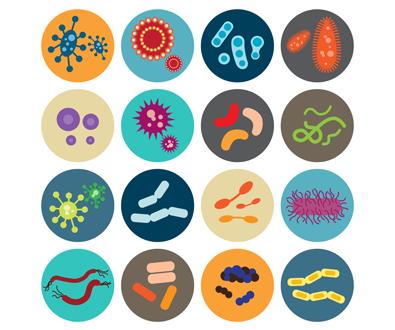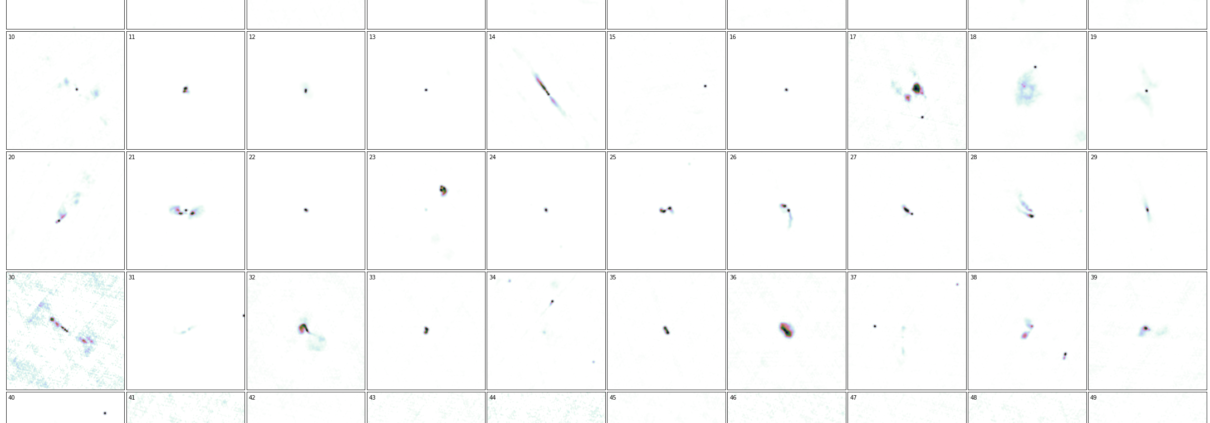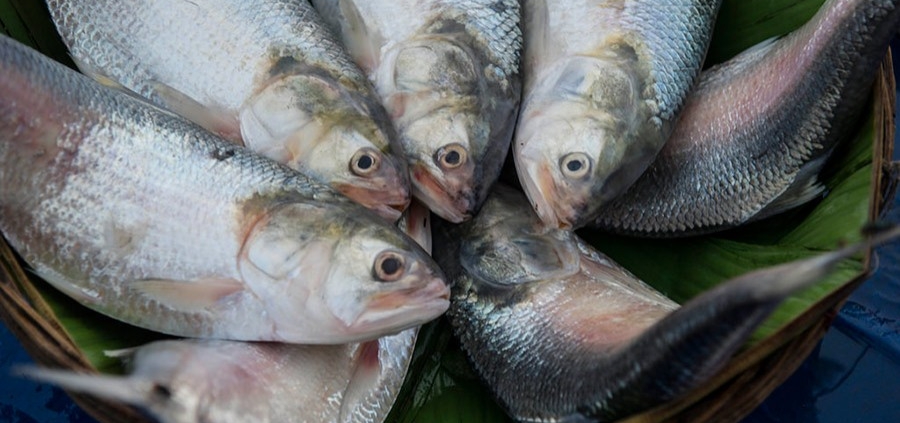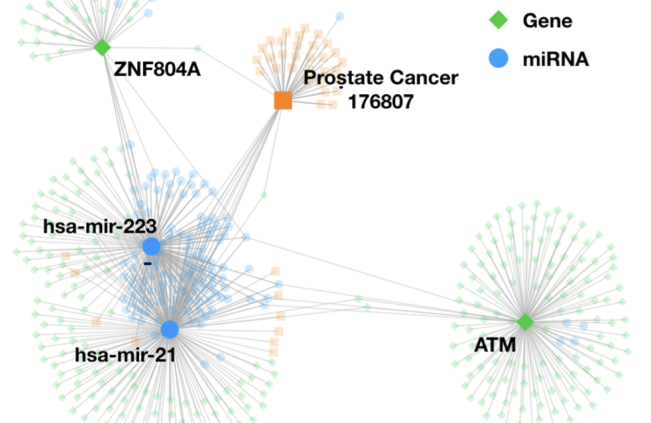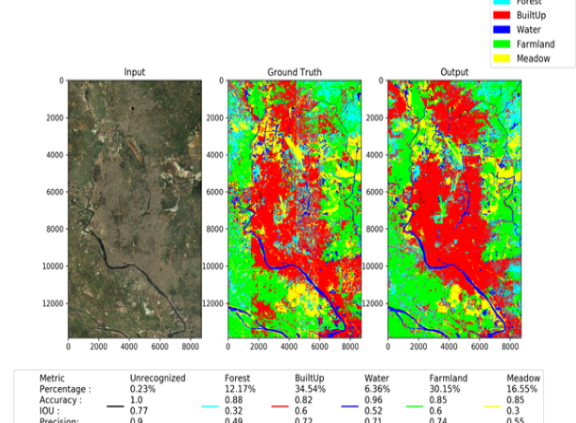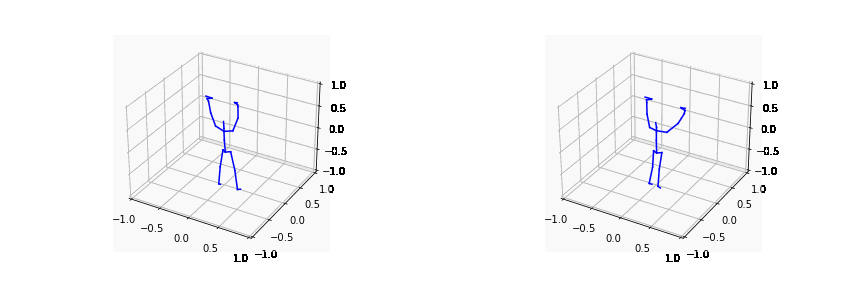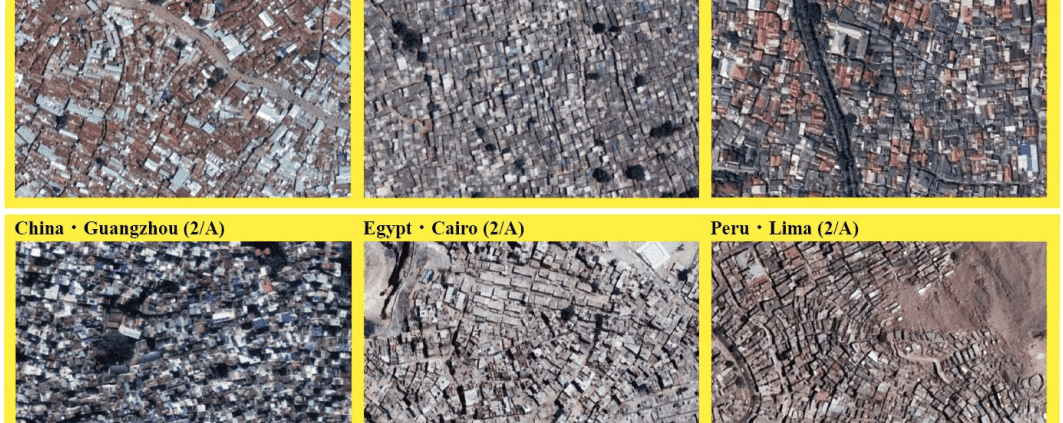In order to gain an in-depth understanding of the change in Hilsa migration, adaptation and reproduction emanating from climate change an integrated omics (genomics, transcriptomics, proteomics, metabolomics and metagenomics) approach has to be adopted. Use and development of different bioinformatics algorithms, tools, and scripts as well as high-performance computing facilities are required to analyze these omics datasets. Moreover, GIS and Remote sensing technologies are required to identify deep sea habitats and collect samples. Here at AGenCy lab IUB, we made connections with the group, led by Professor Haseena Khan, who were responsible for first sequencing of Hilsa. In this project, we will work in direct collaboration with this group. Professor Haseena Khan and her team will lead the sample collection, quality control and sequence data generation and analysis. We at IUB, in collaboration with Dr. A Baten from AgResearch, NZ and Professor M Shoyaib from IIT, DU will lead the computational analysis of the data extracted. In this project we aim to focus on the first phase of the integrated omics approach

